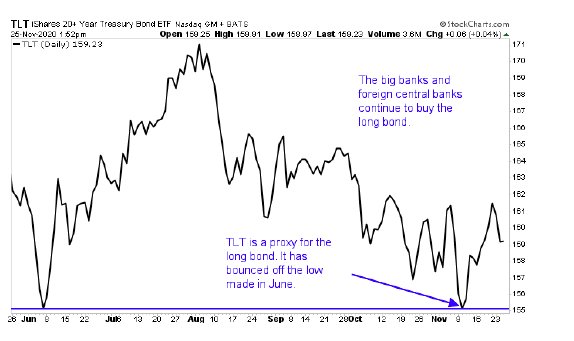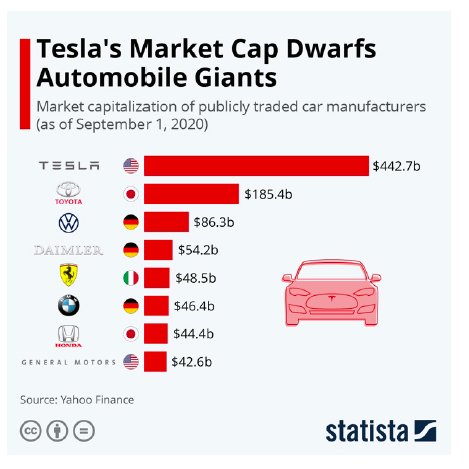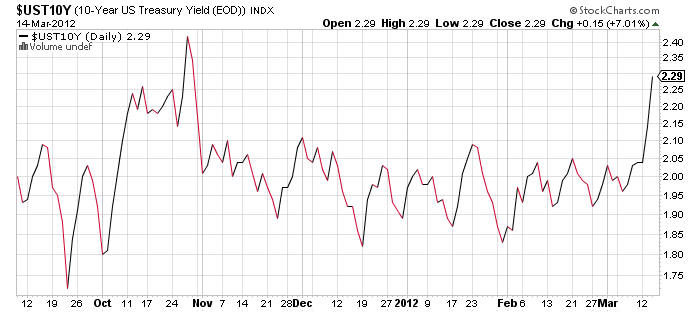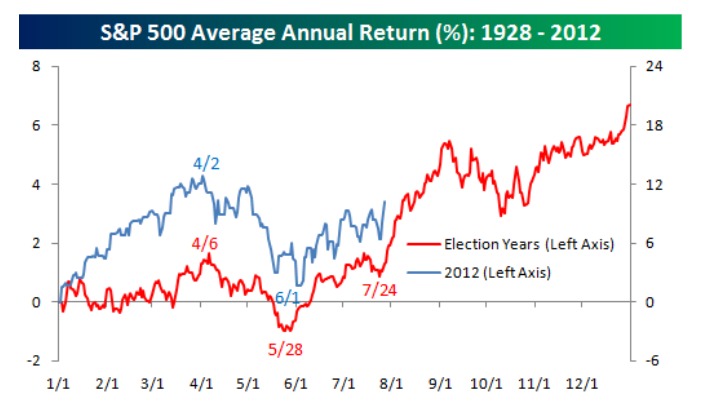As we come into the close of the year there is no shortage of drama and uncertainty on the horizon. Many commentators are expecting political turmoil no matter what the results of the election. Also on the horizon is talk of a second wave of COVID related lockdowns as we head into the colder months of the year.
The expected Democratic sweep did not materialize. Once again, polls and betting markets were massively off-sides in their views. In January, Mr. Biden will step in as president but with a much-reduced influence in Congress than had been expected.
The Democrats appear to have lost 7 seats in the House of Representatives, while the Republicans have gained 8 (including one independent seat). In the Senate, the Republicans kept the majority.

The good news is that we will likely see a reduction in taxes and the SALT deduction for state and local taxes reinstated. The increase in taxes that had formed part of the Biden plan now seems unlikely to go through.
One area of the market that has surged rapidly in recent months is the area of renewable energy. This area was set to benefit from the Green New Deal that was part of the Biden campaign. Arguably, the shares in this area were pricing a very rosy future with the assistance from the government. Now that we have gridlock in the government these shares may come back down to earth.
Market Volatility
Recent headlines regarding the COVID pandemic are increasingly discussing lockdowns. The economic numbers around the world are showing a deterioration in global trade. And, although vaccines are showing promising results, they are not slated to become widely available for months.
That means that this winter we will once again be left to our own immune systems, social distancing, and other preventative measures. As in the lockdown earlier in the year, business activity will come to a crawl.

The three indicators we discussed in the last letter will continue to guide how we navigate the stock market environment. As the most widely traded financial instruments, the US dollar and the long-dated US treasury bond are key parts of the global financial system. Studying their movement gives us a view as to where investment money is flowing.
Amid this climate of economic uncertainty, expect investors around the world flock to the US dollar for safety. As the stock market peaked in September, the US dollar made its low for the year. Since then, it has been basing and building strength for what will likely be a strong move up. We saw a similar move earlier in the year during the peak in COVID lockdowns.

As we turn to the bond market, we see that it is leading the US dollar for the moment. After briefly approaching the June low, the long bond has begun to rebound. Despite continued record high selling by speculators the long bond has increased in strength. The main buyers have been the Fed as part of its QE program and the big banks. In recent weeks we have also seen increased buying of long bonds by foreign central banks.
The volatility index (VIX) adds another dimension to the analysis. Volatility measures the amount of movement in the stock markets. We use the VIX to get a sense of what the stocks in the S&P 500 are doing. Generally, the higher the volatility the greater the downside in the stock market.
Volatility continues somewhat muted in the past month. As with the US dollar and the long bond, volatility has settled down quite a bit to form higher lows from the August bottom. Generally, a series of higher lows indicates a strengthening market. In this case, expect volatility to pick up over the coming weeks.
Tesla Records
On December 21st, 2020 Tesla will enter the S&P 500. When the news was announced Tesla’s stock leaped up over the subsequent few days. It now sits at an all-time record high price. Tesla is emblematic of the overvaluation of the largest companies in the stock market.
Car companies such as Mercedes-Benz, BMW and Ferrari trade at less than 1 times their annual sales. Let’s give Tesla the benefit of the doubt and say they are twice as valuable as today’s best car companies. At that valuation Tesla’s stock price would be about

$60; they are currently trading at $553 a share. At its current price there is little chance of investors ever earning a reasonable return on their investment.

As stock markets continue to set records there are changes going on behind the scenes. While retail investors and their retirement accounts are buying the stock market at all-time highs, those most knowledgeable of their own companies, the insiders, are selling at a record pace. The result thus far has been little movement in the overall stock market in the last couple months.
The month of November has thus far seen a terrific move into small and undervalued companies. Two areas that we have been following closely, energy and regional banks, have done especially well. In my opinion, we may be seeing the initial signs of a transition into these sectors. As opportunities arise, we will continue to build these positions in our portfolios. For now, we continue to wait for favorable opportunities to emerge.
Photo Credit: Christopher Michel via Flickr Creative Commons
Disclosure: This publication may contain forward-looking assessments, which are based upon a number of assumptions concerning future conditions that ultimately may prove to be inaccurate. Such forward-looking assessments are subject to risks and uncertainties and may be affected by various factors that may cause actual results to differ materially.



